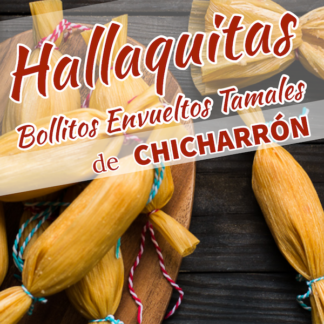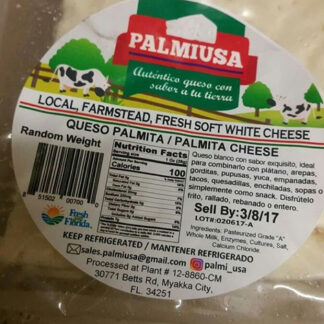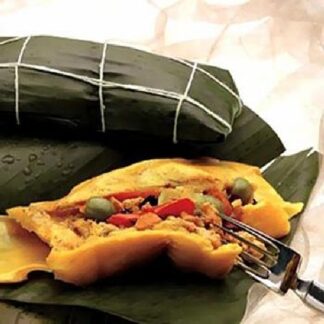Description
Hallacas are Venezuelan signature tamales. They are usually eaten during the holiday season
all around the country, and depending on the region ingredients may slightly vary; however,
its main essence remains. The name is pronounced “Ah-Ya-Kah,” and the fundamental difference
between Mexican and central American tamales is that Hallacas are filled pocket style while Mexican,
central American tamales, or Puerto-Rican pastels have the stew blended within the dough.
Furthermore, Hallacas preparation include European ingredients which are added after the braise.
These are raisins, capers, olives, chopped almonds—Caracas and other regions—Other localities inland
garnish them with garbanzo beans, potatoes, and in some cases boiled eggs. In the coastal regions fish
is a variety that substitutes the meat. Additionally, Hallacas are crafted with previously colored cornmeal
flavored with Annatto. Finally, Hallacas are wrapped in plantain leaves, an African custom, as opposed to
the tamales that come wrapped in corn husks and they are mainly made from pork.
Interested in learning more?
Please visit our section History of the Hallacas.








